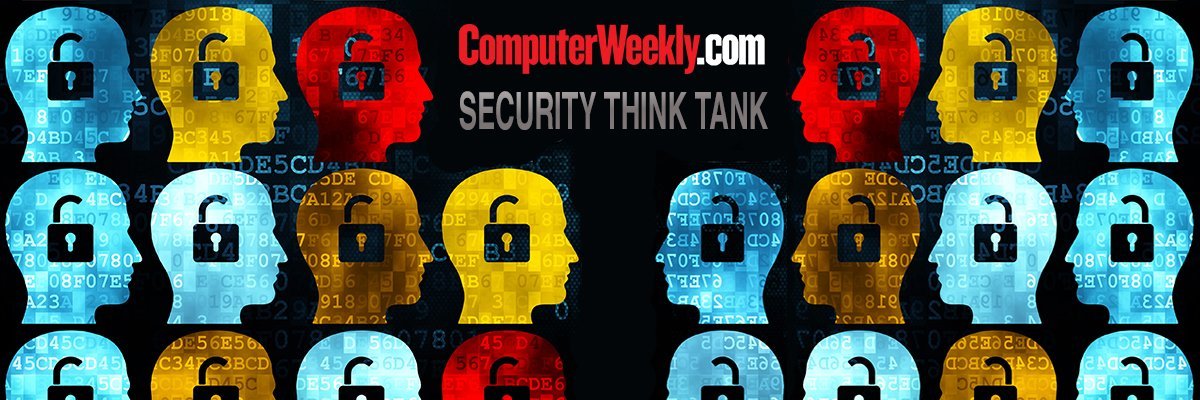Tech News
Decoding the end of the decade: What CISOs should watch out for

As we approach the end of the decade, it’s time for those of us in the industry to try to predict the future of cybersecurity. Looking ahead to 2030 is no easy task, especially considering the rapidly evolving landscape we find ourselves in.
The past five years have been full of challenges that have kept CISOs and their teams on their toes. As I gaze into the crystal ball of the late 2020s, it’s evident that the complexities facing security leaders will only continue to grow. From the ongoing threat of ransomware to the increasing prevalence of cyber sabotage, the threat landscape is undergoing significant changes. And it’s not just technical challenges that we need to worry about – the looming issue of personal liability for security leaders could reshape our roles in unforeseen ways.
Here are some thoughts on the exciting and chaotic opportunities that may emerge in the next five years.
Sabotage on the rise
Ransomware may continue to be a threat, but we could see a rise in cyber and physical sabotage attacks targeting critical infrastructure. The lines between state-sponsored and criminal activities are becoming increasingly blurred, leading to more sophisticated and damaging attacks.
In the realm of cybersecurity, sabotage involves intentionally causing damage or manipulation to digital data or systems with the goal of disrupting operations, causing harm, or compromising security. Cyber attackers may seek to disrupt operations, compromise the integrity of computer systems, and networks, leading to a wide range of consequences from temporary disruptions to severe financial losses and data breaches.
Sabotage represents a shift from where we were in the cybersecurity landscape five to ten years ago. Previously, sabotage was not a primary concern for security professionals, but that is changing rapidly. The impact of cyber sabotage is increasing and will likely continue to do so in the coming years.
Recent incidents, such as the attacks on the Nord Stream gas pipeline and a fiber optic cable in the Baltic Sea, highlight the growing concern around sabotage. These physical attacks on critical infrastructure are viewed as potential acts of sabotage, which could have significant political implications. Cybersecurity professionals will need to tread carefully to avoid getting entangled in sensitive geopolitical matters.
Risky business
The emergence of new technologies like artificial intelligence (AI) will introduce new risks and unintended consequences that organizations must navigate, such as data ownership and privacy issues. If critical decisions start to rely on AI, robust safeguards and explainable processes must be in place to ensure their integrity. The UK’s AI Safety Institute is leading the way in exploring safe applications of cutting-edge AI models.
AI is a powerful tool that can be used for both good and malicious purposes. While it can enhance efficiency and bolster defenses against threats, it also carries the potential for misuse. The proliferation of AI technologies will bring about new and often unforeseen risks and consequences that organizations must address.
Consider a scenario where an organization entrusts all its data to an AI system, only for the system to fail or the company to go bankrupt. Who owns that data then? What happens to it? These are the kinds of ethical dilemmas we must grapple with as we adopt AI and other emerging technologies to avoid negative outcomes.
Time to take out insurance
Cybersecurity is no longer a topic confined to the boardroom – it’s now a conversation at the dinner table. The heightened awareness and focus on cybersecurity mean that CISOs are under increased scrutiny and pressure to make the right decisions.
The decisions made by CISOs reflect the risks involved, often aimed at preventing accidental mishaps. But if a decision goes awry, could CISOs be held legally accountable? There’s ongoing debate about whether CISOs should carry personal liability insurance, akin to company directors. The risk decisions made by CISOs on behalf of their organizations could potentially lead to legal repercussions if they prove to be flawed.
We may see a future where CISOs are held liable, facing civil suits or even criminal charges, for decisions that result in security incidents or breaches – similar to the legal case involving Uber. While the road ahead may seem uncertain, one thing is clear: CISOs and their teams will encounter a myriad of challenges. With increasing regulations, a more hostile threat environment, and the growing specter of cyber sabotage, we must strike a delicate balance.
However, it’s not all doom and gloom. The growing awareness of cybersecurity presents opportunities to attract diverse talent and foster greater industry collaboration. Additionally, AI holds the promise of more effective defense mechanisms against threats. By addressing potential risks proactively, we can embrace the positive aspects of these trends and prepare ourselves for the future.
-

 Destination8 months ago
Destination8 months agoSingapore Airlines CEO set to join board of Air India, BA News, BA
-

 Breaking News10 months ago
Breaking News10 months agoCroatia to reintroduce compulsory military draft as regional tensions soar
-

 Gadgets3 months ago
Gadgets3 months agoSupernatural Season 16 Revival News, Cast, Plot and Release Date
-

 Tech News12 months ago
Tech News12 months agoBangladeshi police agents accused of selling citizens’ personal information on Telegram
-

 Productivity11 months ago
Productivity11 months agoHow Your Contact Center Can Become A Customer Engagement Center
-

 Gadgets3 weeks ago
Gadgets3 weeks agoFallout Season 2 Potential Release Date, Cast, Plot and News
-

 Breaking News10 months ago
Breaking News10 months agoBangladesh crisis: Refaat Ahmed sworn in as Bangladesh’s new chief justice
-

 Toys12 months ago
Toys12 months ago15 of the Best Trike & Tricycles Mums Recommend























